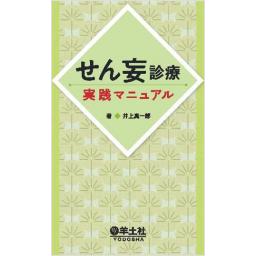1) 「新アルコール・薬物使用障害の診断治療ガイドラインに基づいたアルコール依存症の診断治療の手引き 第1版」 (一般社団法人 日本アルコール・アディクション医学会 日本アルコール関連問題学会/編), 2018 : https://www.j-arukanren.com/pdf/20190104_shin_al_yakubutsu_guide_tebiki.pdf
2) 「臨床精神神経薬理学テキスト 改訂第3版」 (日本臨床精神神経薬理学会専門医制度委員会/編), p490-491, 星和書店, 2014
3) 「パーキンソン病診療ガイドライン 2018」 (日本神経学会/監, 「パーキンソン病診療ガイドライン」作成委員会/編), p164-165, 医学書院, 2018
4) Inouye SK, et al : Nurses' recognition of delirium and its symptoms : comparison of nurse and researcher ratings. Arch Intern Med, 161 : 2467-2473, 2001
5) Inouye SK, et al : Clarifying Confusion : The Confusion Assessment Method. A New Method for Detection of Delirium. Ann Intern Med, 113 : 941-948, 1990
6) 町田いづみ, 他 : せん妄スクリーニング・ツール (DST) の作成. 総合病院精神医学, 15 : 150-155, 2003
7) Critical Illness, Brain dysfunction, and Survivorship (CIBS) Center : ICUにおけるせん妄評価法 (CAM-ICU) トレーニング・マニュアル : https://www.icudelirium.org/medical-professionals/downloads/resource-languagetranslations
8) Bergeron N, et al : Intensive Care Delirium Screening Checklist : evaluation of a new screening tool. Intensive Care Med, 27 : 859-864, 2001
9) Meagher DJ, et al : Phenomenology of delirium. Assessment of 100 adult cases using standardised measures. Br J Psychiatry, 190 : 135-141, 2007
